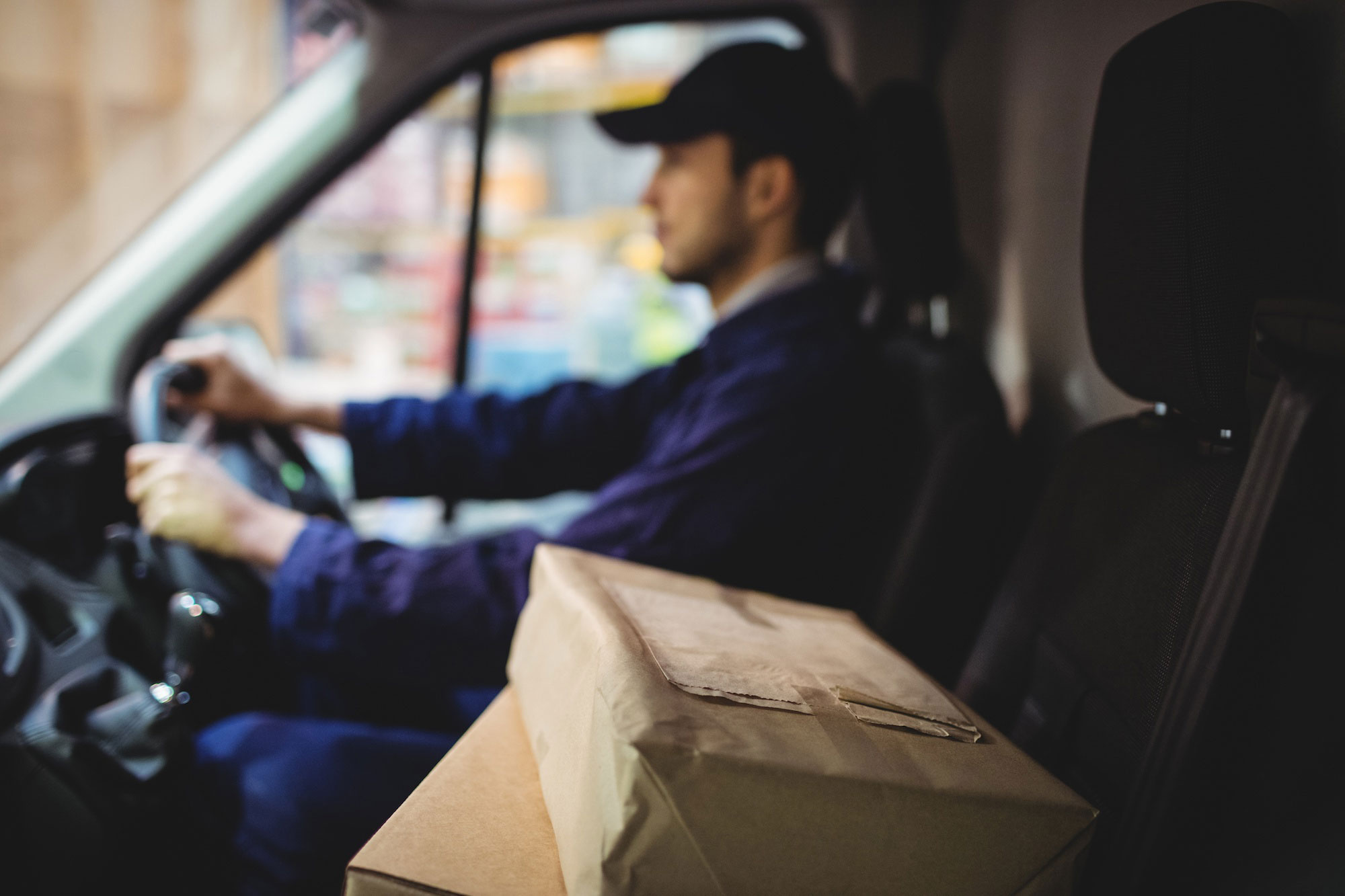Building a Strategy That Delivers on Customer Expectations
Local policy changes caused by the COVID-19 pandemic have made many small and mid-sized ecommerce businesses reevaluate and pivot their operations, particularly around shipping.
Offering traditional shipping methods, like Ground and Express, will always be necessary. But to combat ecommerce disruption, retailers must focus on building a strategy that delivers on customer expectations.
Here are a few best strategies for eCommerce merchants to accomplish just that.
4 Things That Need to Be Part of Your Shipping Strategy (And Tips on How to Do Them Right)
There’s a lot that goes into optimizing your checkout page for conversions. The first place to start is by offering transparent shipping details and convenient shipping options whenever possible.
1. Local Delivery
Think it would be more efficient to grab items yourself and deliver them to customers in your area? Local Delivery could be a good option.
While fuel charges, operations adjustments and staffing are all important things to think about for local delivery, it ultimately comes down to who you offer it to and how much you charge.
The best practice here would be to create a flat shipping rate for your local delivery service and limit it to specific geographic regions, zip codes or a distance radius. At checkout, this looks something like “Local Delivery – $10.” Everyone in the area you specify would be charged that ten dollar fee, either per order, item or package.
2. Same-Day Delivery
Online shoppers have come to demand same-day delivery more and more in recent years, with 56% of 18-34 year olds expecting this option at checkout.
Because the delivery component is so important for this option, you need to really think about whether you want to handle it in-house or outsource through a courier service. And how you communicate with your customers.
After your customer has placed their order, you will want to provide clear details about when their items will be dropped off. At the very least, you need to send a direct message such as “We received your order at store XYZ. Your package is scheduled to arrive between 2pm and 3pm.” If you don’t know the exact timeframe, you can include language such as “before 7pm” so they know same-day is still guaranteed.
3. Curbside / Store Pickup
Curbside and store pickup are great options not only because they’re convenient, but they save customers on shipping costs, and lets them get their order as soon as the same day.
To do this correctly, you need to create realistic pickup timeframes.
A two hour pickup time, while it’s nice to have, just may not be feasible for you. Plus, you don’t want to deal with the fallout of receiving negative feedback for something that’s entirely preventable.
A couple things you can do:
- Limit same-day curbside pickup to only certain items you sell (such as high-demand products like cleaning supplies) or to customers who have spent a certain amount
- Filter pickup options based on your customer’s location so they aren’t overwhelmed with too many choices, if you have multiple pickup locations available
4. Accurate Delivery Dates
The more information you can provide about delivery, the more likely a customer will make a purchase from you. In fact, stats show that nearly a quarter (24%) of online shoppers would abandon their order if no delivery date was provided.
To get the most bang for your buck here, you need to show a specific date (Arrives on October 30th) rather than a shipping speed (Arrives in 5-7 business days) at checkout. Users have a difficult time interpreting shipping speeds, not considering information like order processing times and non-delivery days like weekends.
There’s also more you need to consider to get accurate delivery dates specifically. You have to factor in production lead times, fulfillment cut-off times, time-in-transit and blackout days and dates behind the scenes before delivery dates appear to your customers.
Final Thoughts
While there are some serious challenges being thrown at ecommerce right now, that doesn’t mean it’s time to give up. You will certainly need to make some adjustments, look for new opportunities and be agile with your shipping.
One way to do this is by investing in new shipping technologies like ShipperHQ, which can help you automate your shipping strategy, streamline your shipping choices and create a more transparent checkout process that reflects the way you operate.
The reality of today is that the strategies you implement need to be thought through from your customer’s perspective. If you have genuine care and concern for your customers, the changes you make will come through to them. Especially around your online shipping experience, which is one of the final things your customer’s see before they make a purchase.



